
A couple of years ago I spotted a beat-up old Mini 14 rifle stock in the used parts junk pile at my favorite local gunstore, and I thought it might be fun to refinish it. It was for the earlier series Mini 14 and I didn’t own one, but the stock looked like it needed me. It was dinged up but didn’t have any gouges, and the anodized aluminum buttplate had multiple scratches. I asked John, the guy behind the counter, what he wanted for the stock, and we were both in a quandary. John’s brow furrowed. He was searching for a price that wouldn’t be insulting, but I could see that he was eager to unload something that had all the earmarks of becoming a permanent resident. There were several old timers in the shop (there always are; it’s that kind of place). All eyes were on John and me.
“I don’t know…maybe $25?” John said.
I recoiled as if struck by an arrow. It’s all part of the game, you know. All the eyeballs were on me now. It was like being in a tennis match.
“I don’t know, John,” I answered. “I was going to offer $30, but if you gotta have $25, then $25 it is…”
Everybody laughed and I went home with a Mini 14 stock that looked as if it had been to Afghanistan. I wished I had the foresight to grab a few “before” photos of it, but I did not.
Like I said, the stock was decrepit, but I wanted a refinishing project and now I had one. I removed all the metalwork, I stripped the finish (you can see how to do that in our series on the Savage 340 refinish), I steamed out the dents (same story there; it’s covered in the Savage 340 stock refinish series), and then I went to work on it with 200, 320, 400, and 600 grit sandpaper. The buttplate was hopelessly scratched all to hell, so I did the same thing with the same grades of sandpaper and I decided to leave the aluminum bare. In one of my prior aerospace lives, I worked at company that made interior doodads for aircraft, and the approach I just described was one we frequently used for doorknobs, latches, and the other metal chotchkas you see in aircraft cabins. That particular company was not a good place to be (my boss was a butthead), but I liked working with the crew of Armenians who handled all of our finishing work. Whenever I had an idea about making an improvement, those guys were quick to tell me that wasn’t how they did it in the old country, and I went with their expertise (it was the right thing to do). But I digress; that’s a story for another time.
Mini 14 stocks are birch, which is a light wood, and the question was do I want to stain the birch for a darker look, or leave it unstained for a lighter look? I went for Door Number Two, and I think it turned out well. I used the same approach described in the Savage 340 blog, taking care to use very light coats applied with a fresh bit of T-shirt cloth each time and waiting a day between applications. This one has 10 coats of TruOil. TruOil
is good stuff.
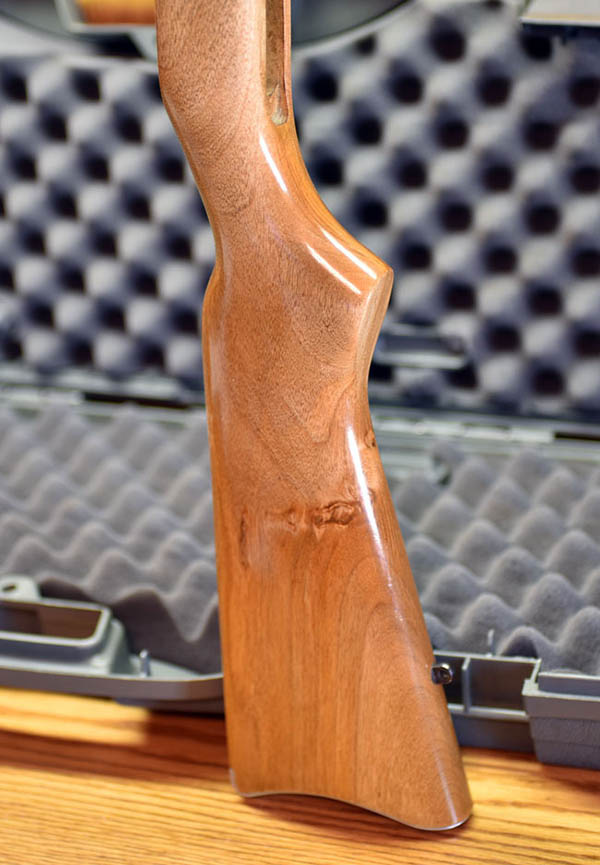
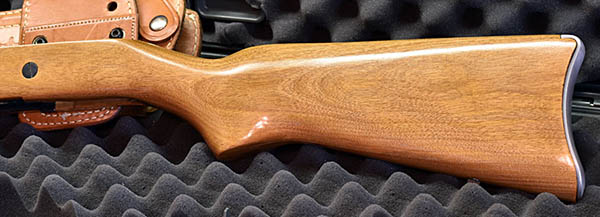
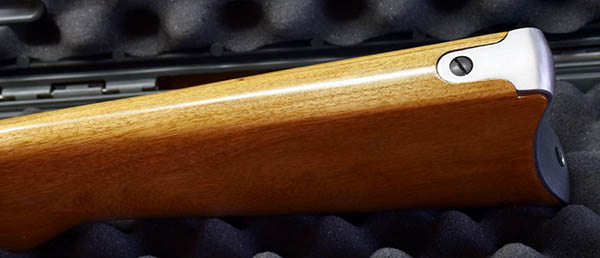
I had a beautiful rifle stock, but no rifle to go with it. One of my good buddies told me his brother had a Mini 14 that was in rough shape, so I gave the refinished Mini 14 stock to him to send to his brother. It was a fun project and I really liked the way this one turned out.
Check out our other Tales of the Gun stories!

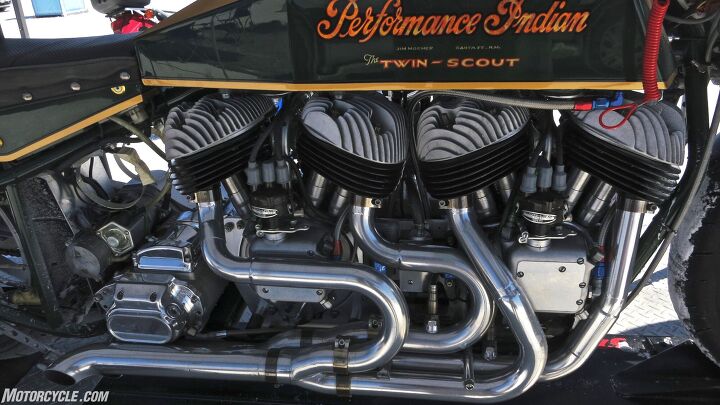



 The world was at war, the Army said build motorcycles this way, Indian saluted and executed, and Harley told the Army to go pound sand.
The world was at war, the Army said build motorcycles this way, Indian saluted and executed, and Harley told the Army to go pound sand. 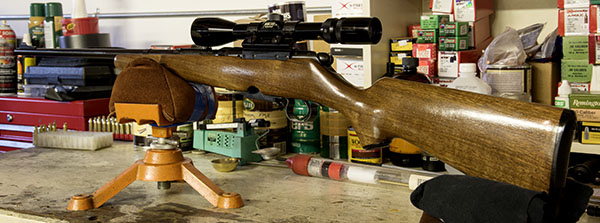

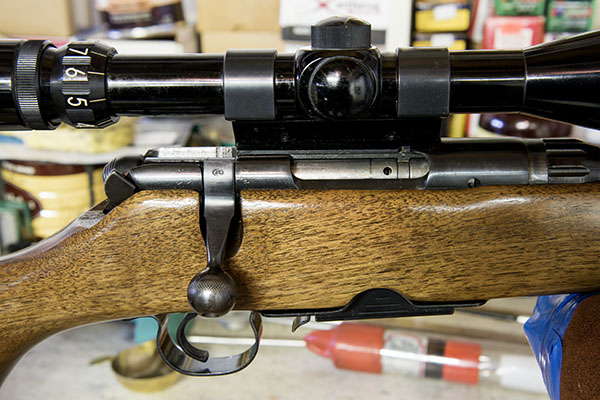
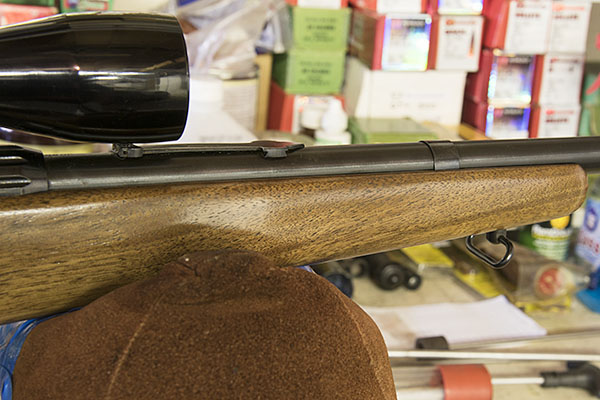

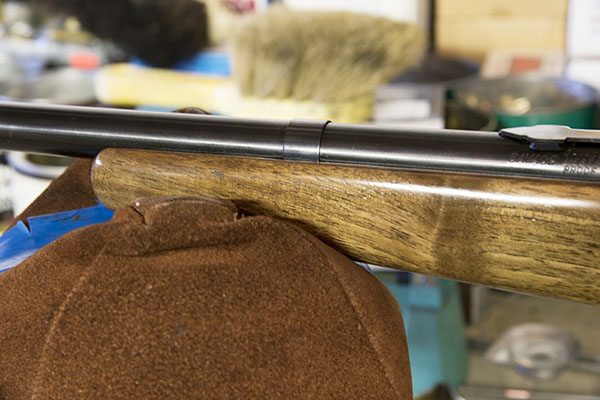
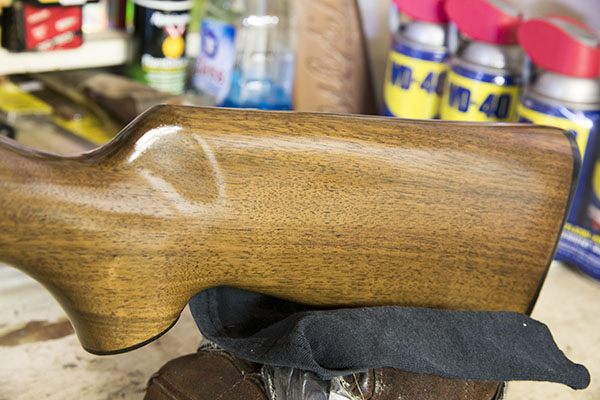
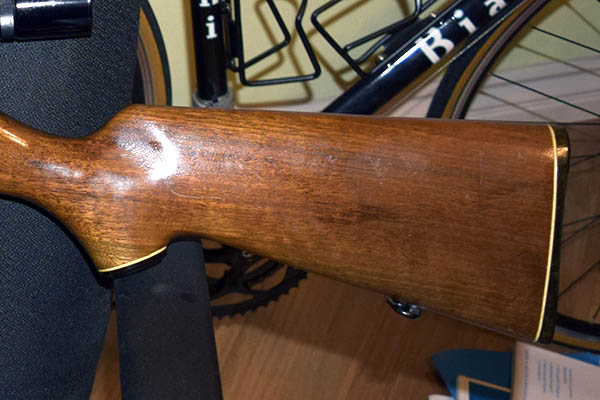
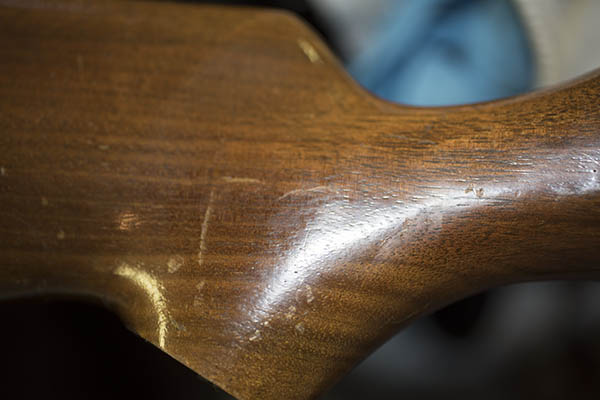
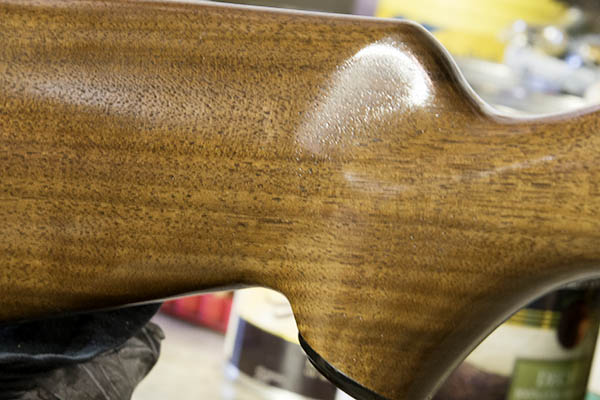 The original finish had a lot of scratches and dings; those are all gone. The 340 originally had white line spacers between the buttplate and the stock, and between the pistol grip cap and the stock. I like the “less is more” look (I think it’s more elegant), and I think I achieved it by deleting the spacers. The rifle’s original finish was some sort of shellac or varnish that gave a reddish hue to the stock; the new
The original finish had a lot of scratches and dings; those are all gone. The 340 originally had white line spacers between the buttplate and the stock, and between the pistol grip cap and the stock. I like the “less is more” look (I think it’s more elegant), and I think I achieved it by deleting the spacers. The rifle’s original finish was some sort of shellac or varnish that gave a reddish hue to the stock; the new  I was able to hook up
I was able to hook up  The
The 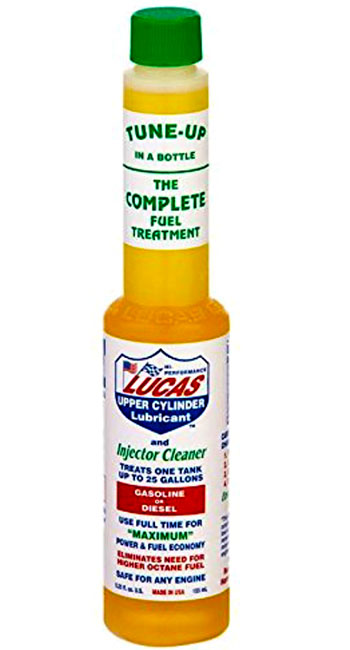 Here’s the thing: my 2008 Husqvarna SMR510 single cylinder thumper has always gotten around 50 miles per gallon of gasoline. Sometimes it does 47mpg, other times 52mpg. These are mostly highway mile ratings because traffic doesn’t exist in La Luz, New Mexico. Rain or shine, for 12,000 miles the fuel usage has been consistent. That’s not bad mileage for a high-strung, near race bike engine so I’m happy.
Here’s the thing: my 2008 Husqvarna SMR510 single cylinder thumper has always gotten around 50 miles per gallon of gasoline. Sometimes it does 47mpg, other times 52mpg. These are mostly highway mile ratings because traffic doesn’t exist in La Luz, New Mexico. Rain or shine, for 12,000 miles the fuel usage has been consistent. That’s not bad mileage for a high-strung, near race bike engine so I’m happy.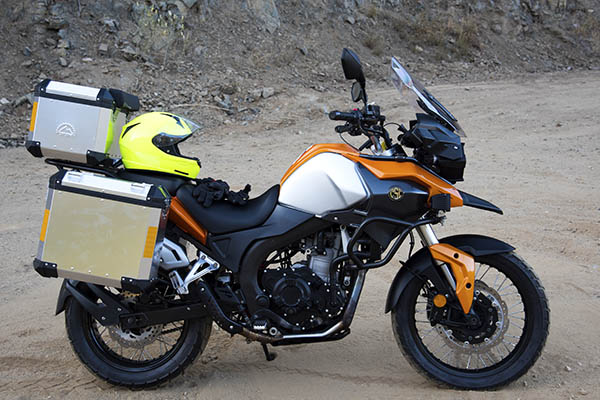
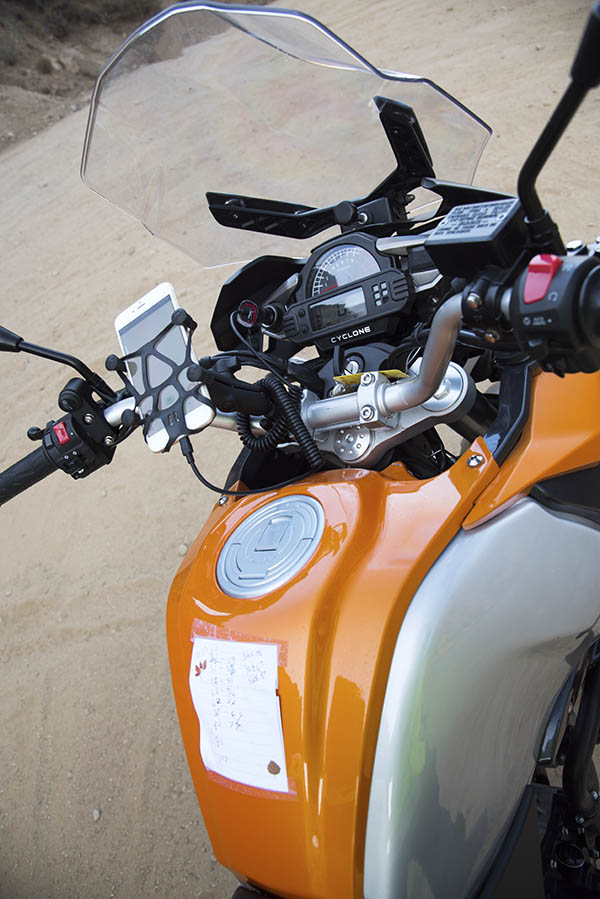



 Applying the
Applying the  I applied a thin fourth coat of
I applied a thin fourth coat of